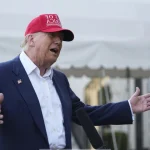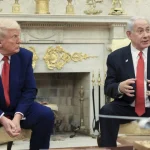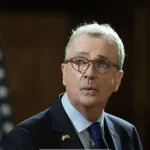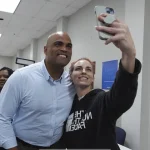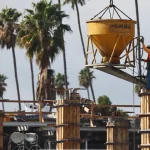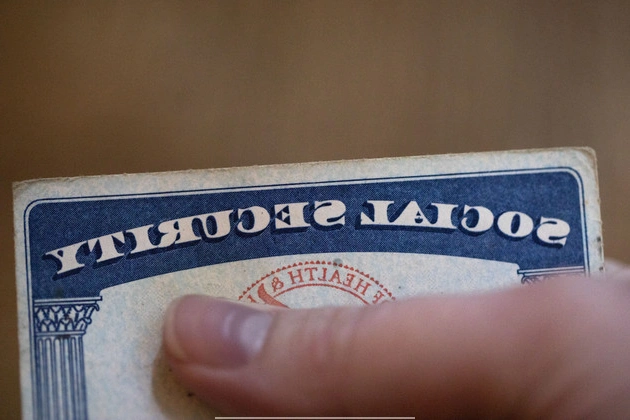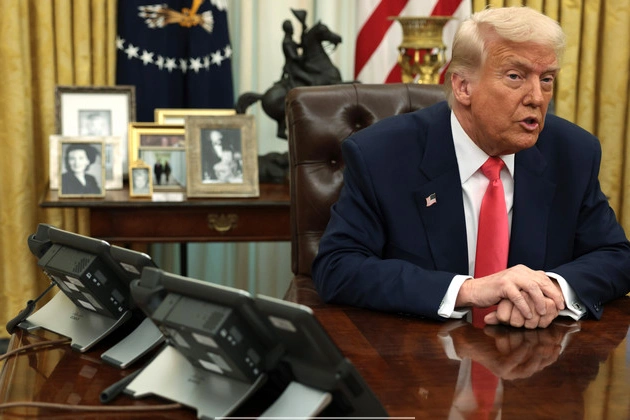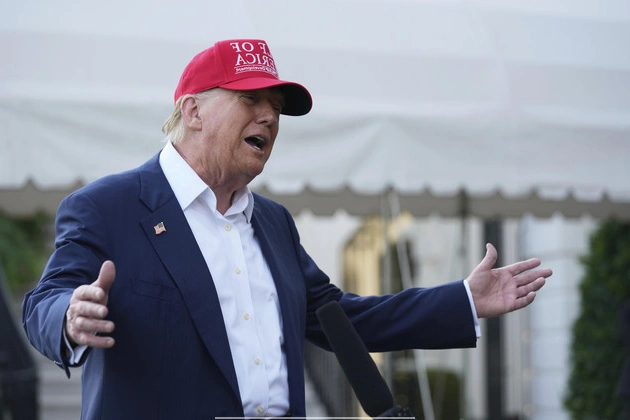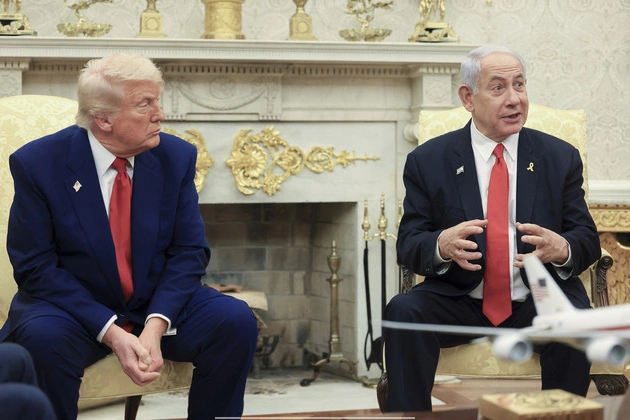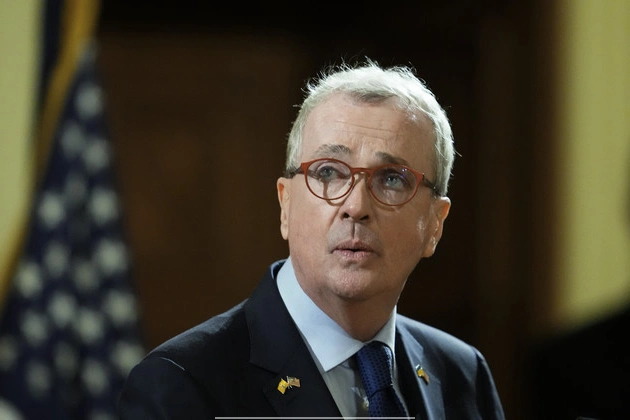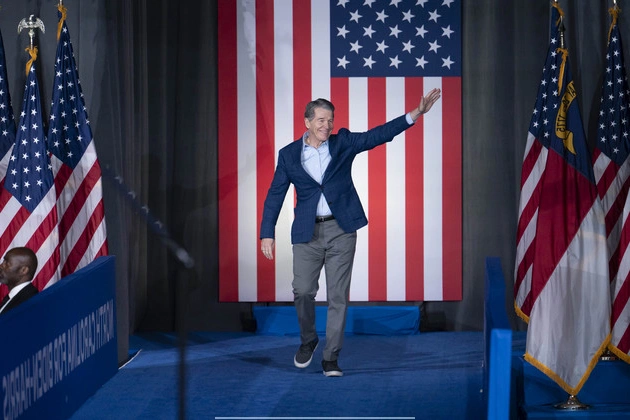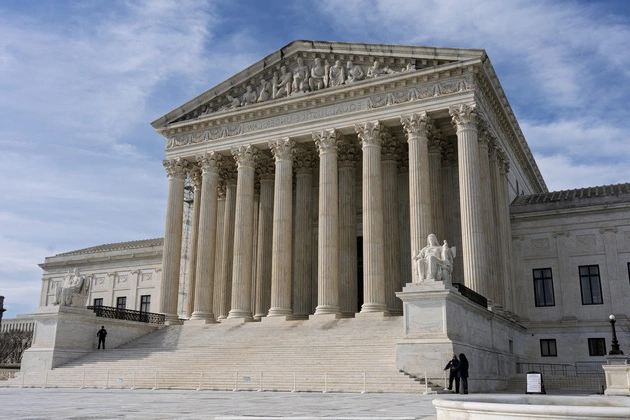
President Donald Trump’s attempt to expand his authority to dismiss executive branch officials has escalated to the Supreme Court. This marks the start of numerous rapid legal disputes during the early stages of Trump’s second term that have landed at the high court.
Legal Dispute Overview
Trump petitioned the justices to overturn a lower court ruling that temporarily reversed his firing of the head of an office responsible for enforcing laws concerning federal employees.
The Trump administration criticized the lower court’s decision to reinstate Office of Special Counsel chief Hampton Dellinger as a significant and unjustified intrusion on presidential power, posing a threat to the president’s oversight of the executive branch.
Background and Court Proceedings
Trump removed Dellinger, an appointee of Joe Biden, on February 7. Dellinger filed a lawsuit to regain his position, citing a federal statute that restricts the president’s ability to dismiss the special counsel. A federal district judge sided with Dellinger and instructed the Trump administration to reinstate him while the legal process unfolded.
Following a divided ruling by an appeals court panel that upheld the district judge’s order, the Trump administration sought relief from the Supreme Court.
Administration’s Argument
In an emergency application, acting Solicitor General Sarah Harrington contended that restoring Dellinger to his post on a temporary basis inflicted “irreparable harm” on Trump’s capacity to manage the Executive Branch early in his tenure. Harrington urged the justices to intervene promptly to prevent a broader threat posed by several temporary restraining orders issued by judges against Trump’s initial executive actions.
Harrington emphasized the need to preserve the separation of powers and prevent district courts from issuing restraining orders that impede the president’s exercise of executive authority.
Implications and Future Challenges
The legal battle underscores the tensions between the executive and judicial branches over the extent of presidential powers. The outcome of this case could have far-reaching implications for the balance of power within the federal government.
Experts speculate that Trump’s attempts to dismiss independent agency heads could lead to a reevaluation of longstanding precedents that limit the president’s authority in such matters. The Supreme Court’s decision in this case may shape the scope of executive power for years to come.
Stay tuned for further developments as the Supreme Court deliberates on this pivotal case that tests the boundaries of presidential control over the executive branch.
